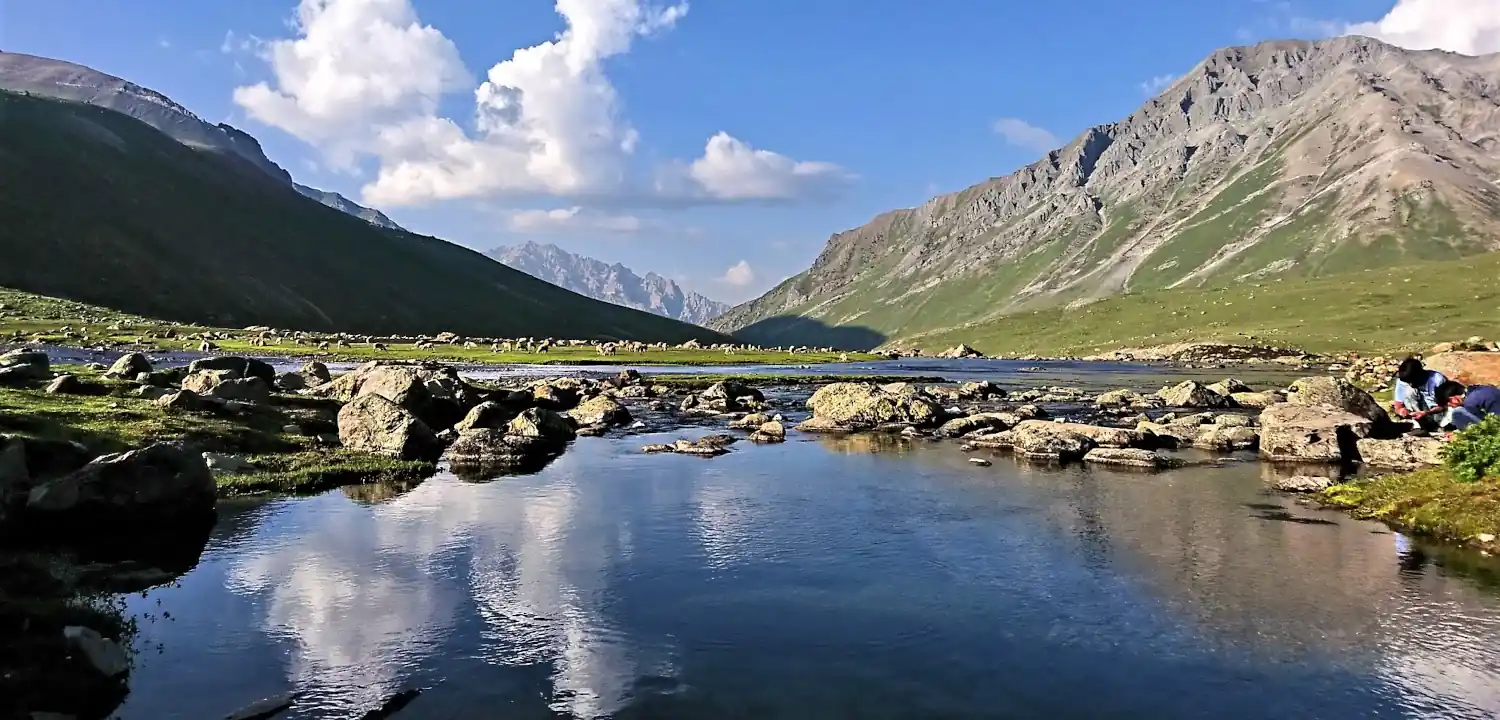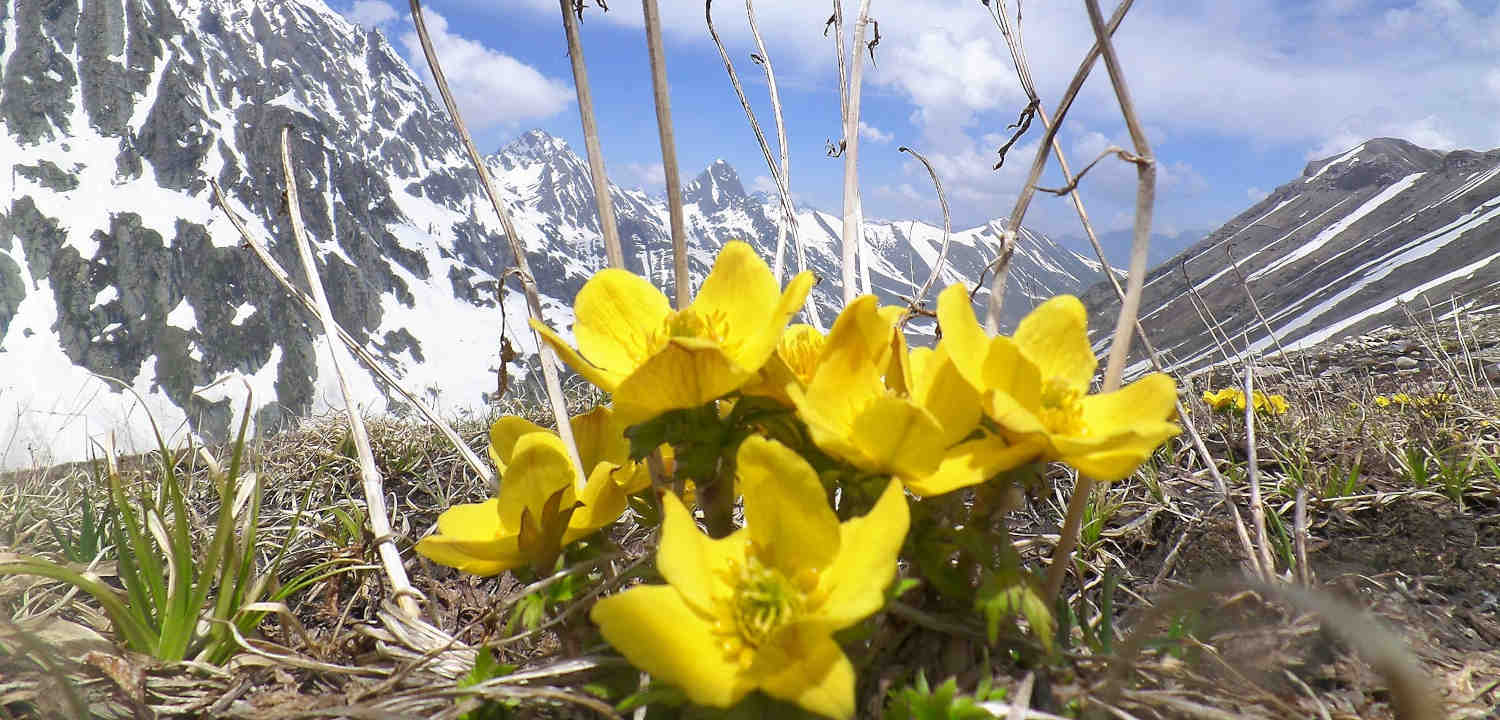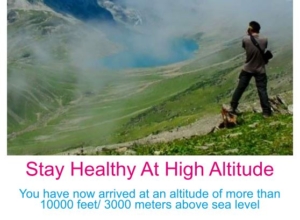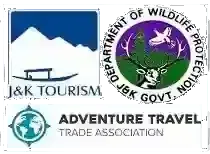11 nights 12 days
INTRODUCTION
The aim of the Kashmir long Trek expedition is to trek from Sonamag to Bandipora via Nichnai Pass and Zajibal Pass. The Trek runs through over 50 high altitude alpine lakes situated at the foothills of different snowy mountain peaks. It crosses streams, plenty of colorful meadows, and crosses four mountain passes.
Though trekking in Kashmir is not the newest but still this expedition is no walk in the park. Arduous days, steep and rocky passes, and altitudes approaching 4200m all collide to create a challenging trek in one of the most beautiful and serene Himalayas of Kashmir.
While planning your trek, as a beginner keep the following points in consideration:-
- you feel fit enough to trek for hours.
- you walk two or three kilometers daily.
- you don’t have any breathing problems.
- you are not scared of heights.
Inclusions
What’s included in the Price?
What’s not included in the Price?
Itinerary
Detailed Itinerary
Day 1: – Arrival. Reception at Srinagar airport/bus station.
On arrival at Srinagar airport or bus station, our representative will receive you and transfer you to the houseboat at Dal Lake for an overnight stay.
Day 2: – Srinagar – Sonamarg – Nichnai (3 hrs drive/ 5 hrs trek).
After breakfast at the houseboat, we drive to Sonamarg “the meadow of gold’ along the picturesque Sind river. At Shitksri we pack our load on horses and start our trek. Our trail a slightly steep passes through the meadows and enters a pine/ birch forest at Shokdari before the vast and long Nichnai meadow which is our camping ground for an overnight stay.
Day 3: – Nichnai – Vishnasar – Krishansar Lake (6 hrs trek).
We leave Nichnai meadow and immediately start ascending one of the three passes of the trek the Nichnai Pass (4000m). We ascend it through long grazing pastures sheep. After crossing the pass we enter into the Vishansar Valley “the valley medicinal plants”, we descend gradually through the alpine flower valley and camp at Vishansar Lake for an overnight stay.
Day 4: – Krishansar – Gadsar (6 hrs trek). After discovering Vishansar Lake we head towards its sibling the Krishansar Lake which lies just over a ridge. We take its eastern shore to ascend the second pass of the trek the Gadsar Pass (4050m). On the top of the pass, we have the aerial view of the whole Vishansar valley among it are situated the twin lakes of Vishansar and Krishansar “the source of Neelam River”. We descend through Gadsar valley and lakes and camp at Kustoor Kout for an overnight stay.
Day 5: – Gadsar – Satsar Lakes – Megandoab (5 hrs trek). We ascend Kostur Kout leaving Gadsar valley and enter the meadow of Rasbal. It’s the Rasbal where a flowing river disappears underground. We continue our trek through seven small lakes of Satsar and camp at Megandoab at the foothills of the third pass of Zajibal for an overnight stay.
Day 6: – Satsar – Gangabal lake (6 hrs trek). We ascend the last and the highest pass of our trek ‘Zajibal Pass (4180m)’. We forget all our tiredness when reaching atop because of the views, the scenery it provides. We see Mount Haramukh (5300m) just standing at our face and at its footsteps lie the twin beautiful alpine lakes of Gangabal and Nundkol. We descend it to reach Gangabal Lake for an overnight stay.
Day 7: – Day at leisure. Stay at Gangabal Lake. Trout fishing, sightseeing or have a walk to the Kolsar Lake and around. Overnight stay at Gangabal Lake.
Day 8: – Gangabal – Kundsar lake (5 hours trek). Ascend on the right side of Gangbal lake follows by a gradual descend and 9 km trekking will lead us to Kundsar lake. Overnight stay.
Day 9: – Kundsar – Sarbal Lake (4 hours trek). Leaving Kundsar through Shirsar 11 km trek takes you to Minimarg and then descend to Sarbal. Overnight stay.
Day 10: – Sarbal – Poshpatri 2nd (5 hours trek). Through the meadows of Kundara village, we leave for Poshpatri. Enroute are the shepherds, tribal Bakerwals with their folks of sheep and goat. The scenery is breathtaking with snow-clad Harmukh and the green gorges with wild alpine flowers. Overnight stay.
Day 11: – Poshpatri – Arin (4 hours trek-Srinagar (3 hours drive). From Poshpatri along the stream of Arin, we gradually descend and reach Arin village. We take our car and drive back to Srinagar for an overnight stay.
Day 12: – Departure. Our representative will drop you at Srinagar airport or at the bus stand for departure.
What to Carry?
The trek is supported by horses. You will need to carry only a light sack, weighing about 4-6kg for your items like passport, money, and camera gear. The following is a list of the items you should carry on the trek. If you have items that can not be used on the trek, you can store them at our houseboat or our office and take them back after returning from the trek.
- Please note that only postpaid Indian mobile sim cards (Jio, Airtel and BSNL) work in Kashmir Valley. There’s no cellular connectivity from Day 2 to Day 11 of the trek.
- Please double check your passport or Aadhar numbers before submitting through booking form. These numbers are required for preparation of trek permits.
- Passport or a valid ID card
- Duffel Bag 60 liters
- One Pair Trekking Shoes
- One Pair Trail Approach Shoes
- Trekking Pants
- Hooded Rain Jacket
- Shade Hat
- One Pair Sunglasses
- One Pair Liner Gloves
- Small Size Day-Pack
- Two Pair Trekking Socks
- One Pair Sandals
- Extra Warm Clothes
- Warm Hooded Down Jacket
- Sunscreen Cream
- Lip Balm
- Any Personal Medication
Fitness
Kashmir Treks are achievable by anyone with a healthy lifestyle and a good level of general fitness. Team members should be willing to be part of a team working together to achieve the goal of the expedition. As a team member, you should have an adventurous and robust spirit. The biggest challenge on this expedition will be the many consecutive days of challenging trekking across alpine terrain, much of which at altitudes of above 3000m.
Minimum fitness requirements
- Trek: up to 7km per day.
- Daily activity: up to 5 hours’ trekking per day.
- Carry: up to 5kg in a day-sack.
- Terrain: remote, uneven, snowy, icy, rocky, sometimes exposed terrain at up to 4200m.
- Climate: Can be sunny in valleys and cold and windy at high altitudes. June and September months are cooler than those of July and August. Averages are 3000m, 1°C to 20°C.
- Swim: not required though there will be stream crossings to make.






